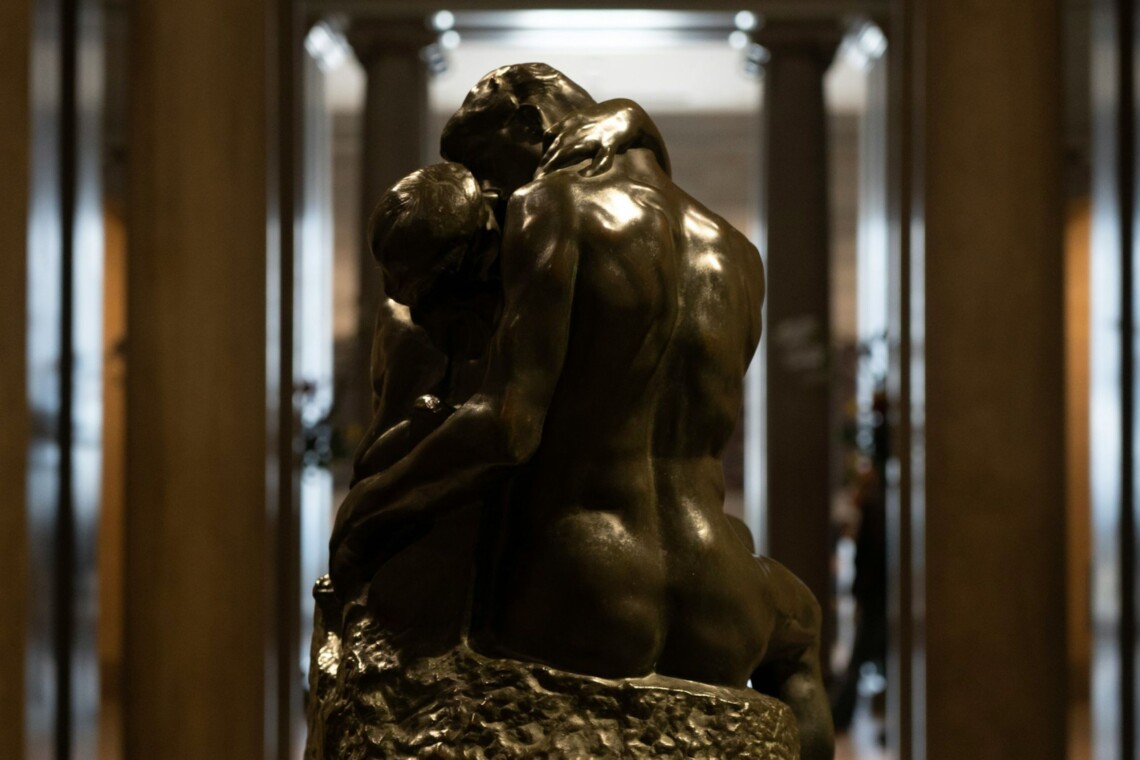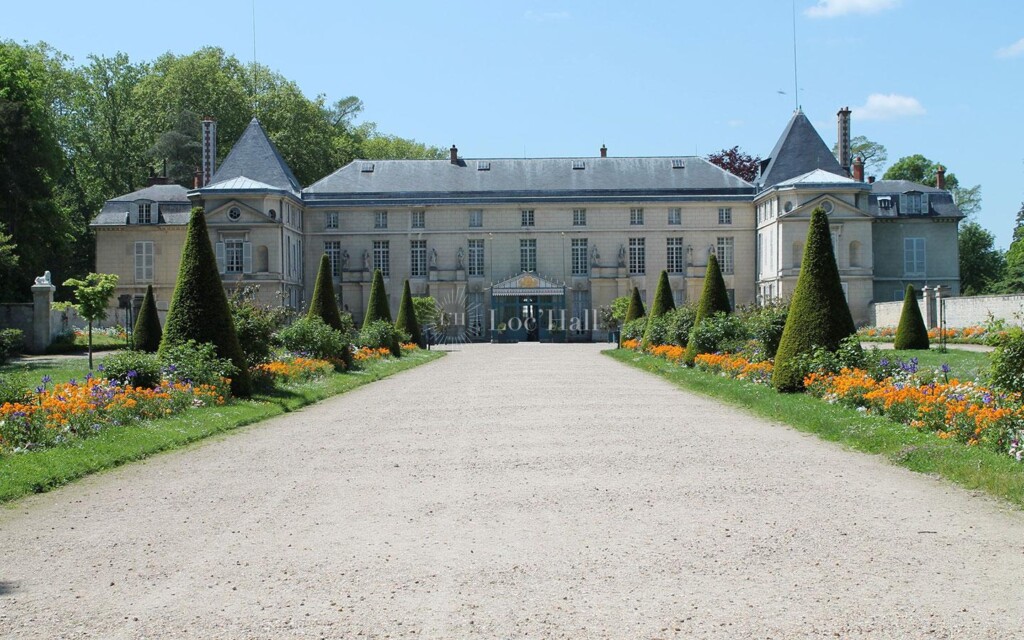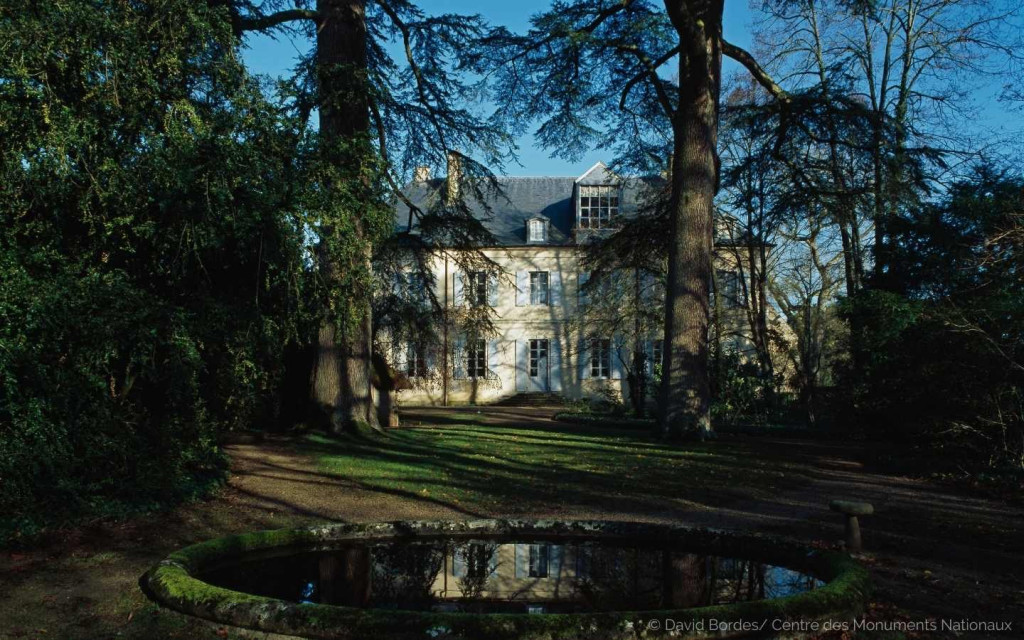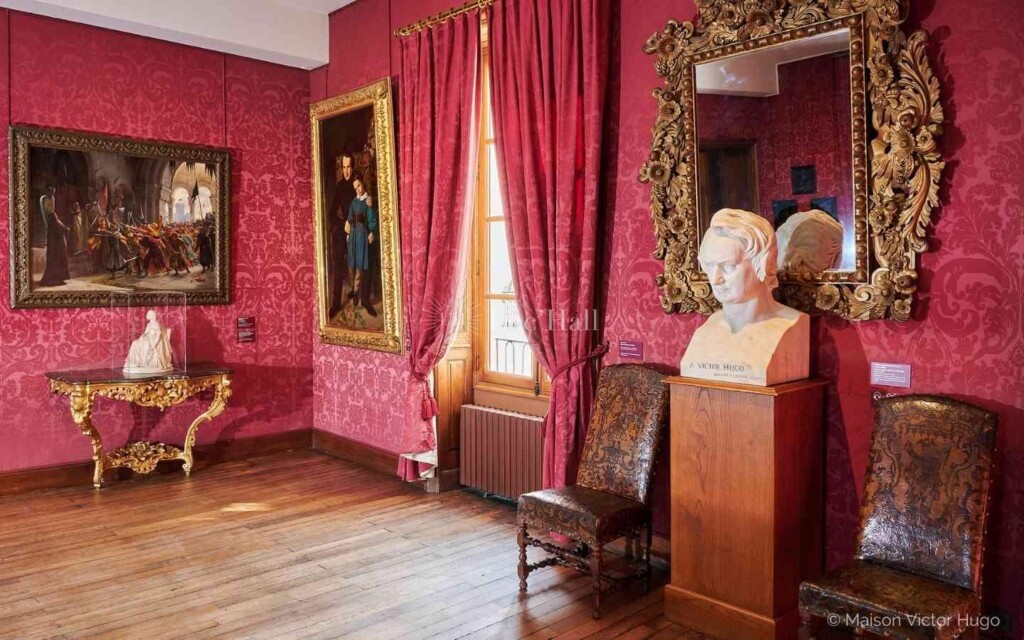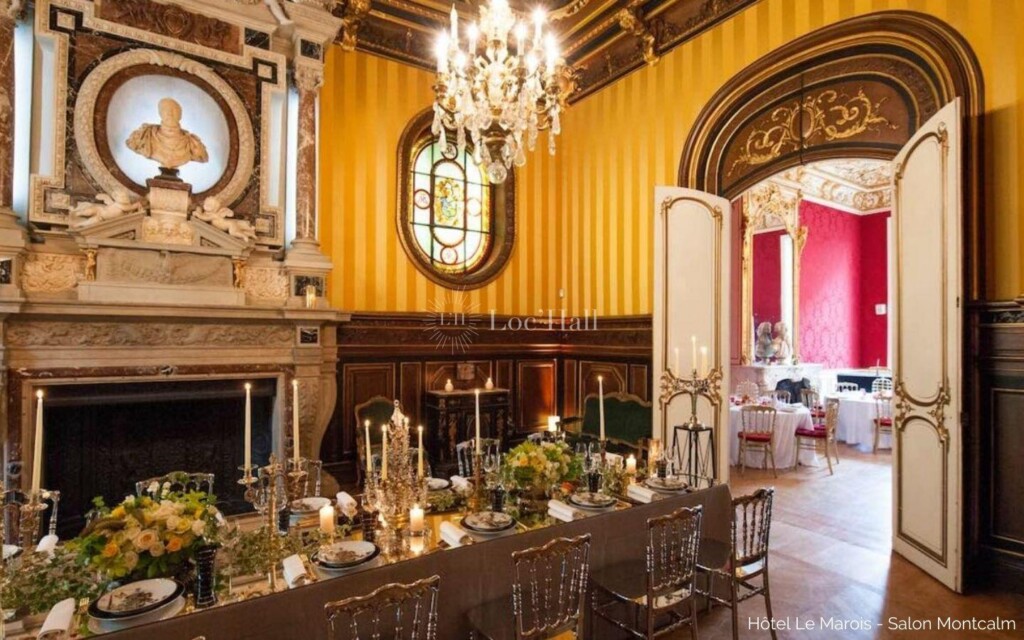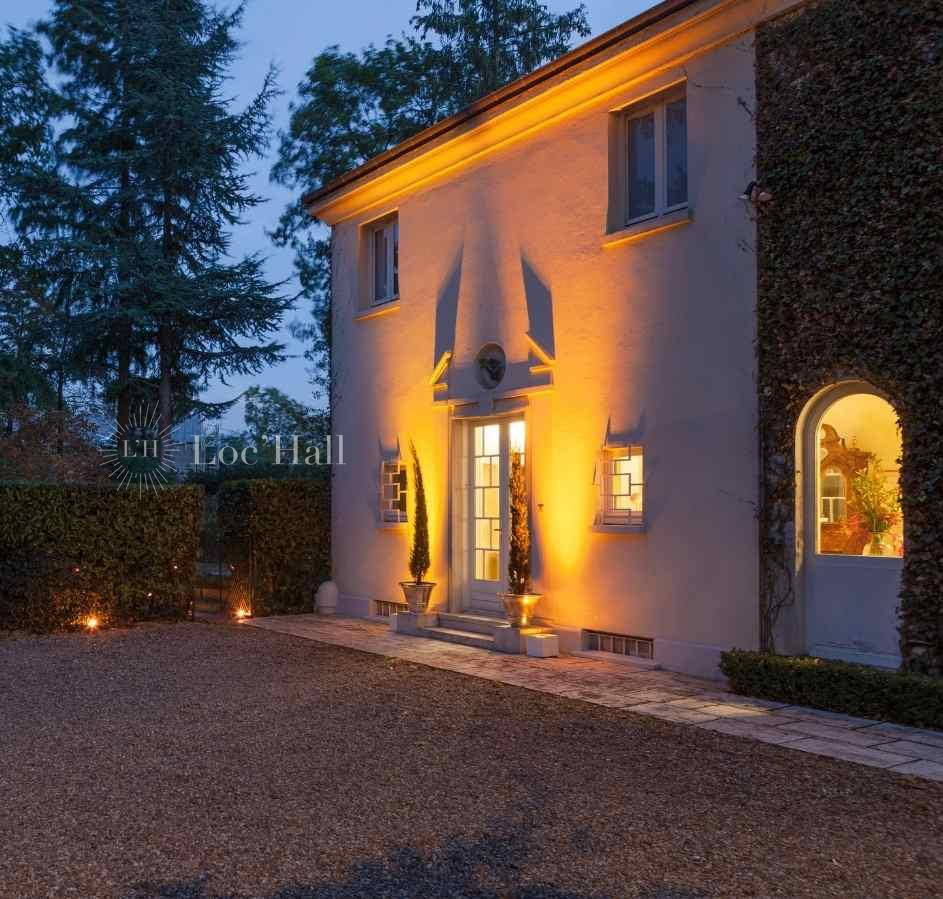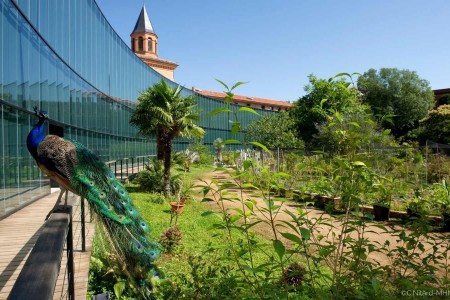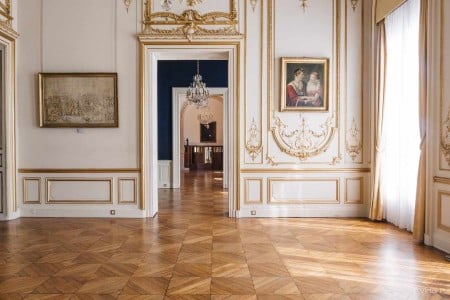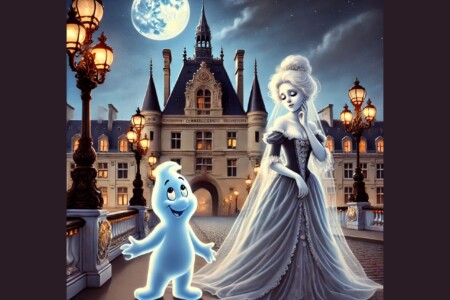Pink city and art of living: your professional events in Occitanie
- May 29, 2025
- Events, History and Heritage
In the heart of the Pink City, discover venues exceptional heritage and cultural sites and experience your most beautiful professional events in Toulouse.... Endd out more
